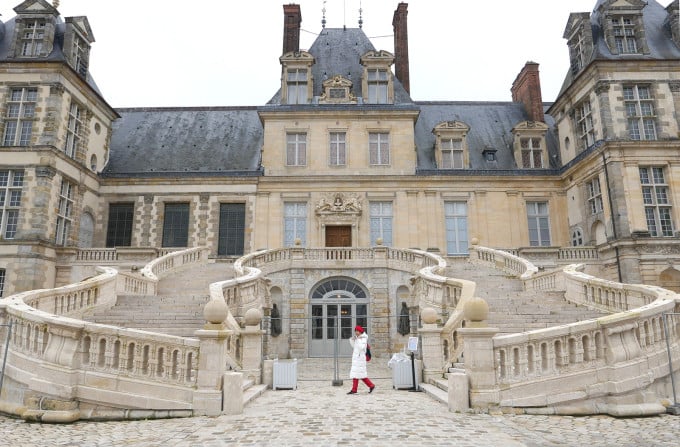
Fontainebleau was first built in 1137 in the countryside about 60 km from the center of the capital Paris today. Over nearly 900 years of history, this structure has been continuously expanded and renovated, and has been the residence of 34 kings and two emperors. Therefore, this place holds an important position in the turbulent history of France.

Larger than the Louvre, with more exhibits than Versailles, but further from the center, Fontainebleau is not as popular as the two above, even though all three were once the castles of French kings.
From the center of Paris, we took the metro to Gare de Lyon (the capital's main transit station), then took the R-Gamo tram to Fontainebleau Avon station. There is a bus line 1 to the castle. The total journey time was about an hour and a half, including the walk to the castle. The opportunity to visit Napoleon's residence is not always easy to come by. If you buy a single ticket, this trip costs about 7 euros (182,000 VND). We had purchased the Paris Visite Travel Pass in advance to travel throughout Paris from zones 1 to 5, so we did not have to pay any extra for the round trip.
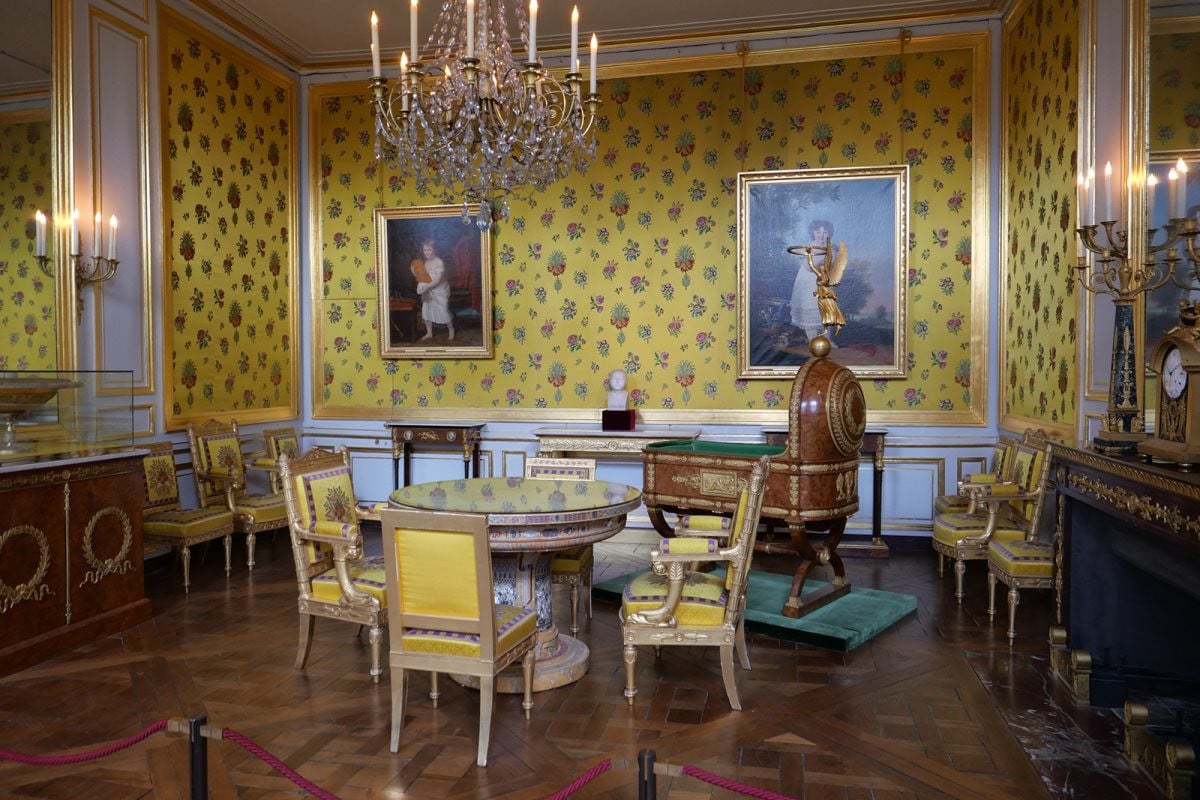
At 10am, the castle was deserted. Looking at the map, we were a bit stunned. In addition to the large garden area (130 hectares) that could not be covered in a day, the structure was also very massive. The front was a horseshoe-shaped staircase - the symbol of the castle, which welcomed many distinguished guests and witnessed many important historical events of France. Inside, Fontainebleau had 1,500 rooms, today only a few are open to visitors, but there are still 13 areas, divided according to the castle's history from the 12th to the 19th century. When Versailles was built, Fontainebleau was once out of favor, but to this day it is still preserved almost intact.

The mark of Napoleon Bonaparte, one of the most famous military leaders in human history, is clearly visible in the castle. Fontainebleau, where he renovated the architecture and lived for a long time, preserves many priceless mementos of this emperor. We saw his military uniform, his personal belongings, and even the bowls, plates, spoons, and forks that followed him to the battlefield. They also restored the tent with a simple bed, a desk, and a wooden chair that Napoleon used in the barracks. All are preserved in a dark room to minimize the effects of time.
Next to Napoleon's quarters is a light-filled space - the room of Empress Marie Louise, Napoleon's wife. Next to it is the room of their son, Napoleon Francis Joseph Charles, who was born King of Rome (Le Roi de Rome), later to become Napoleon II. These rooms are luxurious, elegant, with elaborate furniture and splendid decoration. Typically, the prince's cradle is made of precious wood with exquisite metalwork, still intact, perfect. Many rooms are kept exactly as they were when Napoleon was alive.
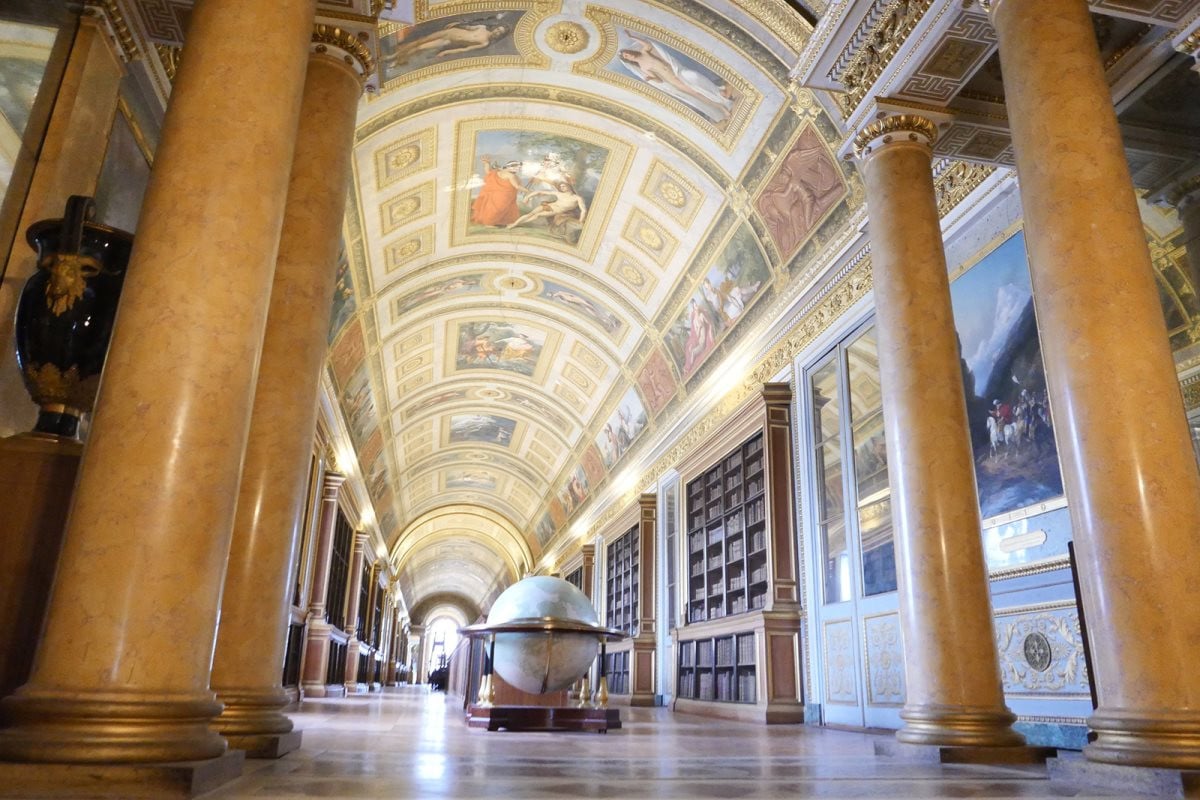
Fontainebleau also preserves countless rooms, furniture, and household items from the reigns of the kings before and after Napoleon. Entering the living room of Anne d'Autriche, wife of King Louis XIII and mother of the Sun King Louis XIV, visitors will be immersed in the splendor of the magnificent woven carpets that cover the entire walls and floor of the room, along with a large table whose materials alone are worth a fortune. Meanwhile, the bedroom of Marie de Medici, wife of King Henri IV, is a showcase of the art of mixing colors, materials, and shapes through the skillful hands of Italian and French master craftsmen.
The most impressive thing for us was the castle's 300-square-meter ballroom, where French aristocrats displayed their royal wealth at its highest level. The room's murals alone were enough to create a small art museum, not to mention the countless magnificent chandeliers, and the entire ceiling covered with precious wood and precious metals, all of which left visitors in awe.
Coming to Fontainebleau, you cannot miss the castle's library, which houses 4,500 books on history, science, and geography, and is also the predecessor of the French National Library, and the Trinity Chapel, where religion meets art to create a sacred and romantic space. These two areas are unique to Fontainebleau, showing the wealth and status of the kings, different from many other massive castles in France.
The long, light-filled corridors and many large rooms of the castle today serve as galleries, housing many paintings, sculptures, and portraits of historical figures from the reigns of kings Francois, Henri, Louis, and Napoleon. These works, along with the architectural and decorative style here, were even given a separate name, the "Fontainebleau school", which later had a wide influence on the art of all Europe.
The castle is open every day of the week except Tuesday, from October to March, from 9:30 to 17:00 and from April to September from 9:30 to 18:00. Tickets cost 14 euros per adult. Visitors can buy a Paris Museum Pass to visit 55 of the most famous tourist attractions in Paris at a lower total cost than buying individual tickets to each location.
TH (according to VnExpress)Source



![[Photo] Prime Minister Pham Minh Chinh chairs meeting to discuss tax solutions for Vietnam's import and export goods](https://vstatic.vietnam.vn/vietnam/resource/IMAGE/2025/4/10/19b9ed81ca2940b79fb8a0b9ccef539a)

![[Photo] Phuc Tho mulberry season – Sweet fruit from green agriculture](https://vstatic.vietnam.vn/vietnam/resource/IMAGE/2025/4/10/1710a51d63c84a5a92de1b9b4caaf3e5)


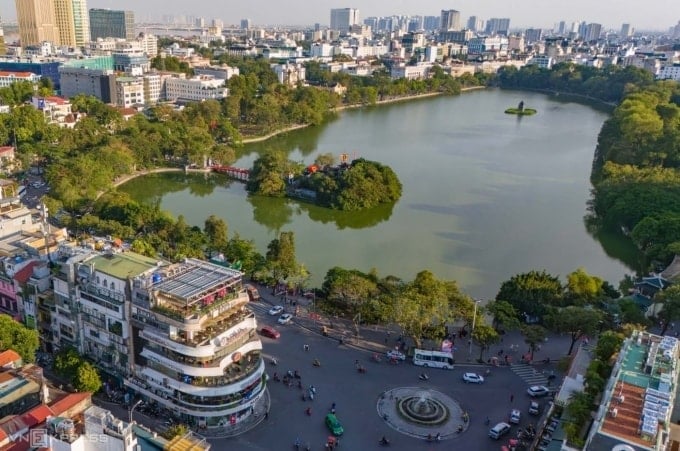


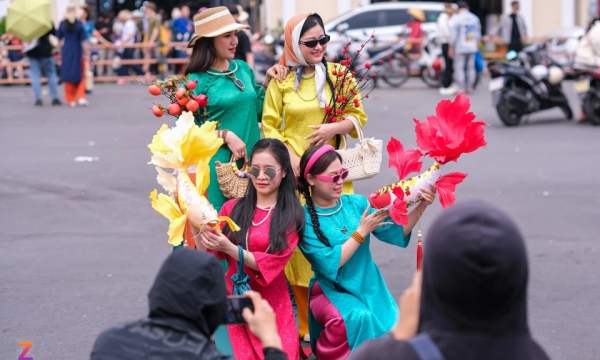





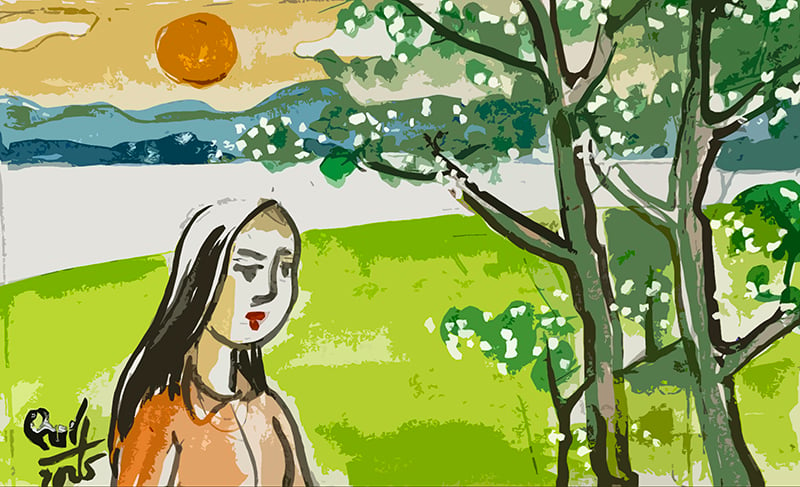
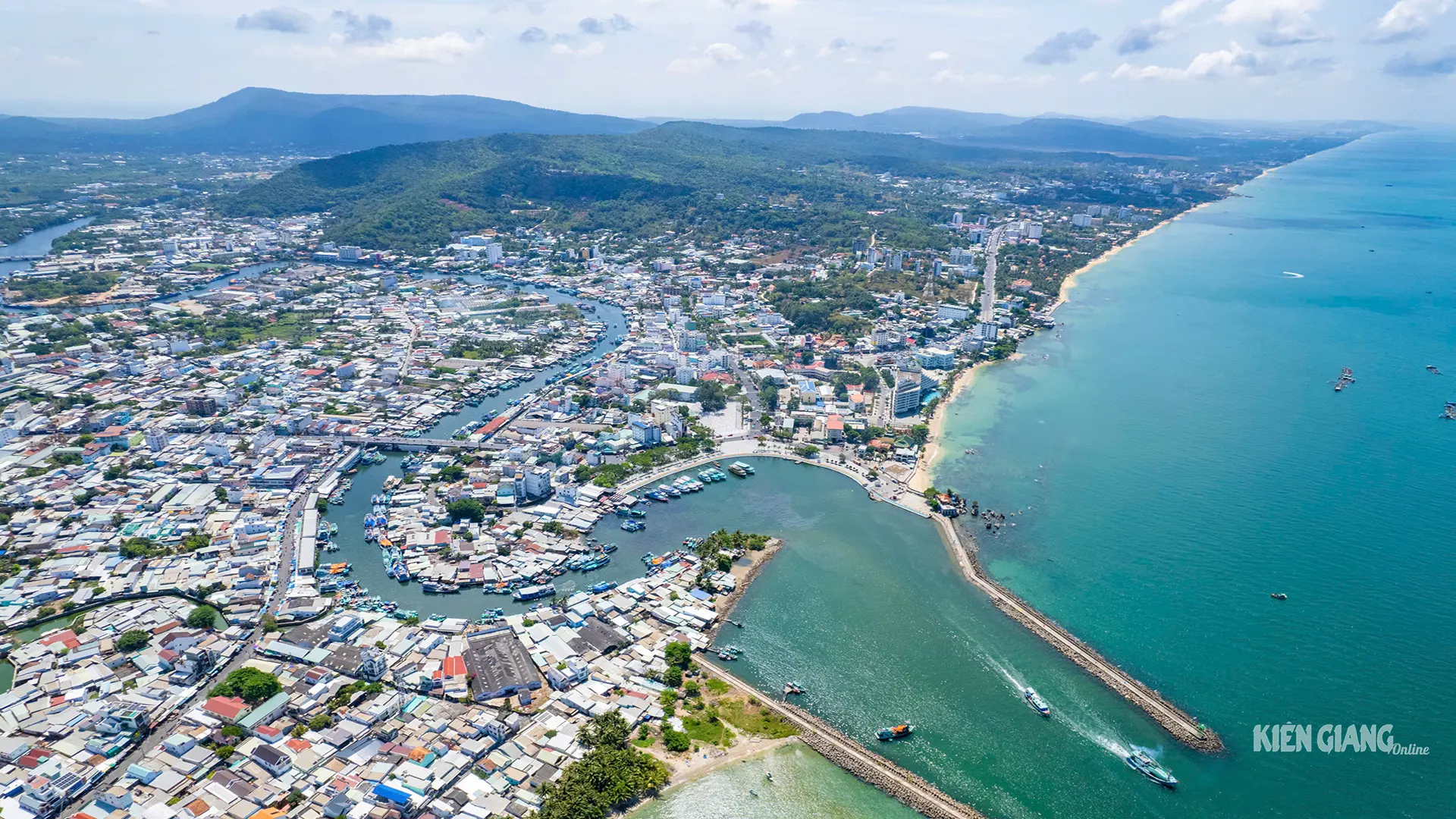
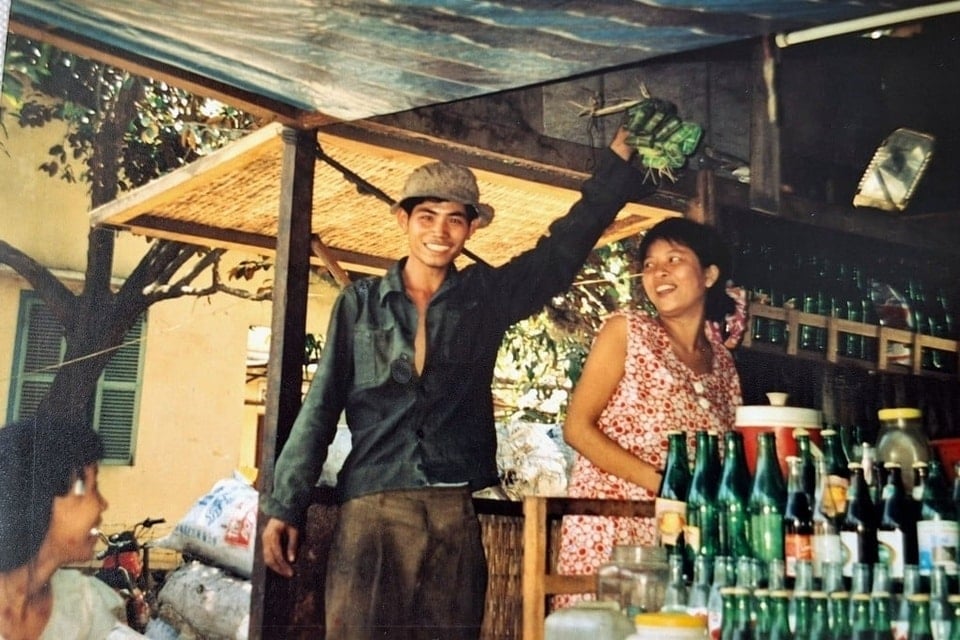







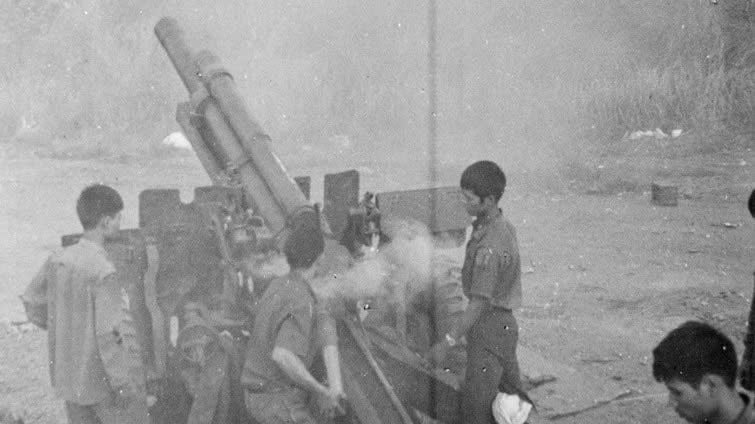

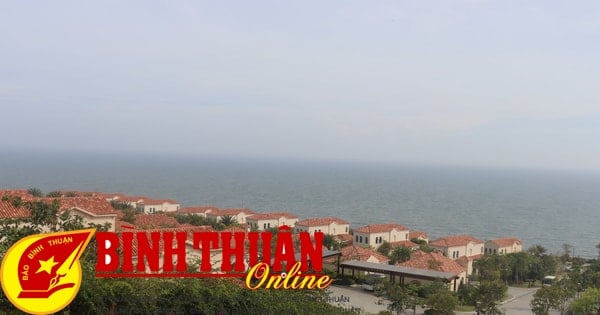

![[Photo] Unique folk games at Chuong Village Festival](https://vstatic.vietnam.vn/vietnam/resource/IMAGE/2025/4/10/cff805a06fdd443b9474c017f98075a4)
















































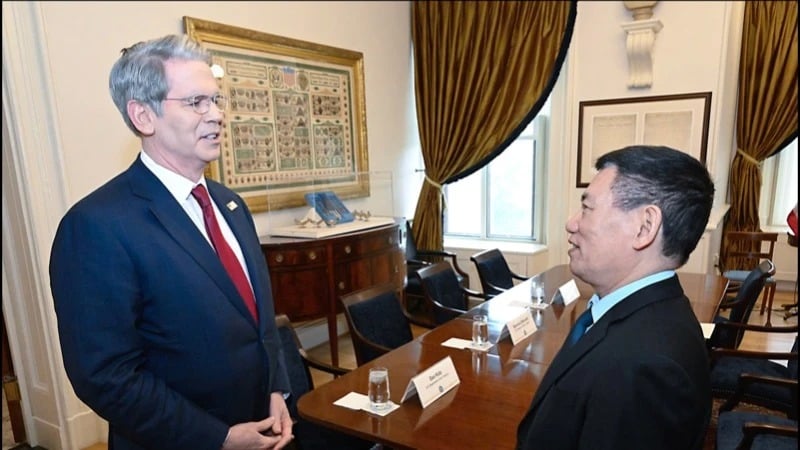
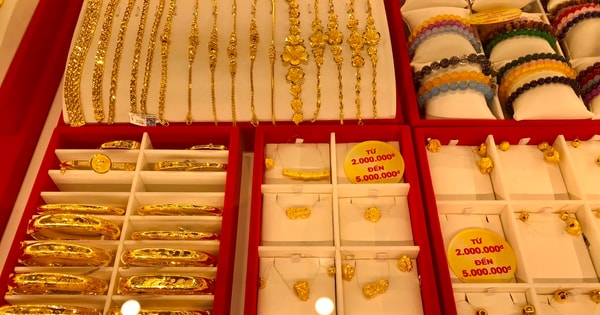





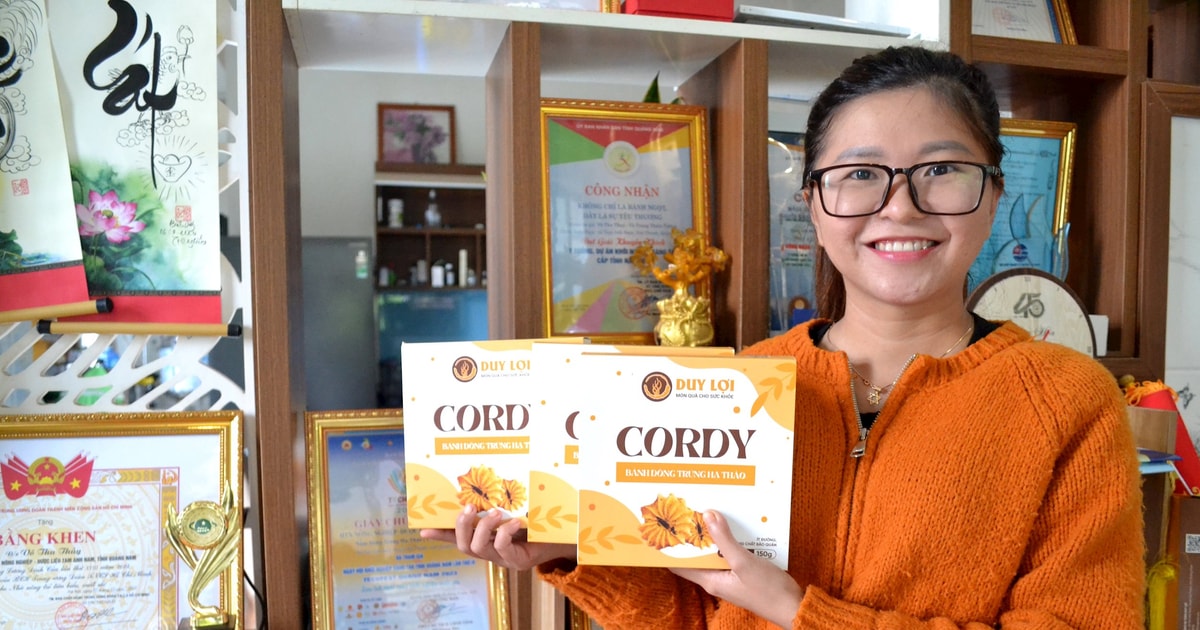








Comment (0)